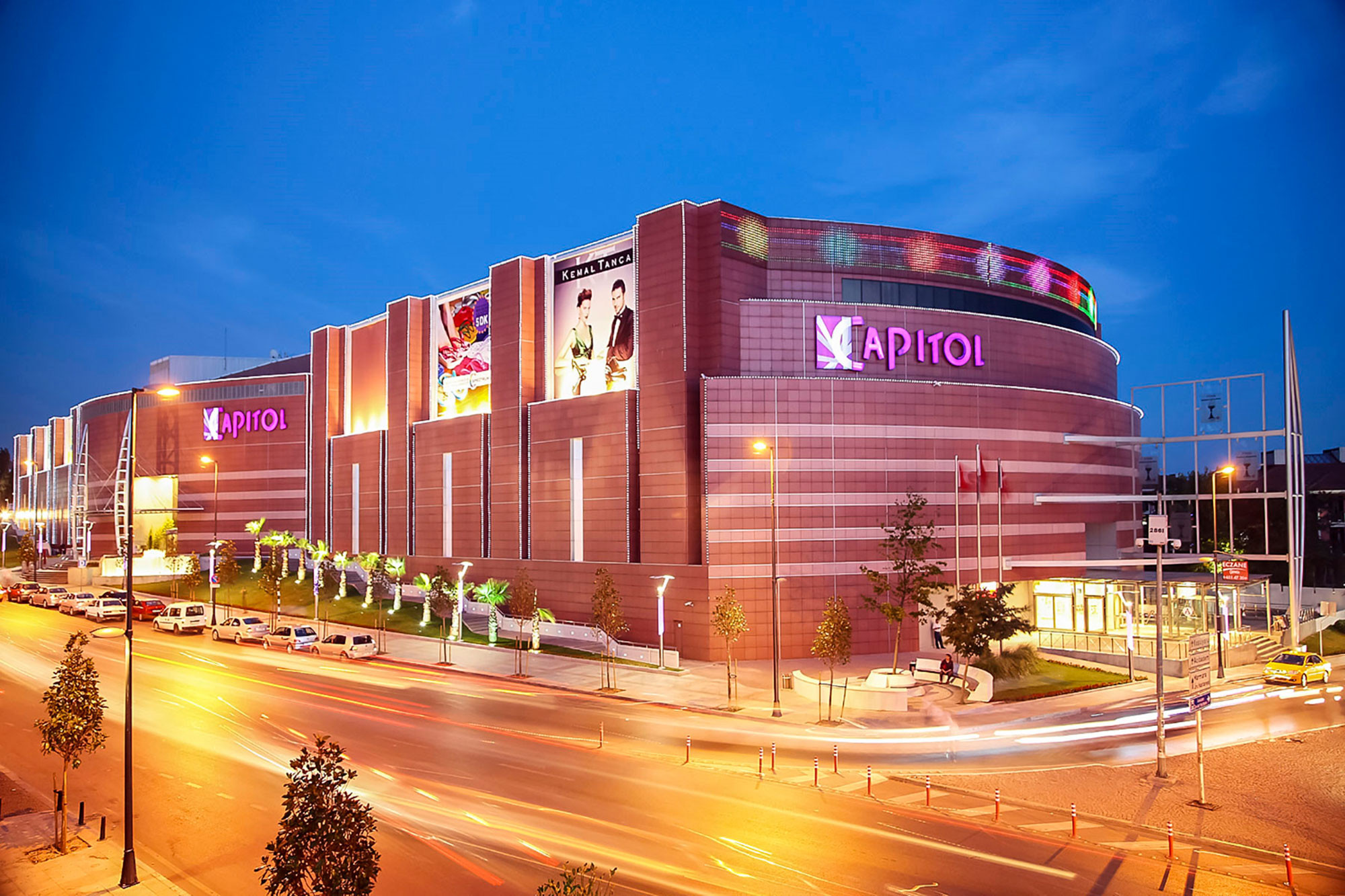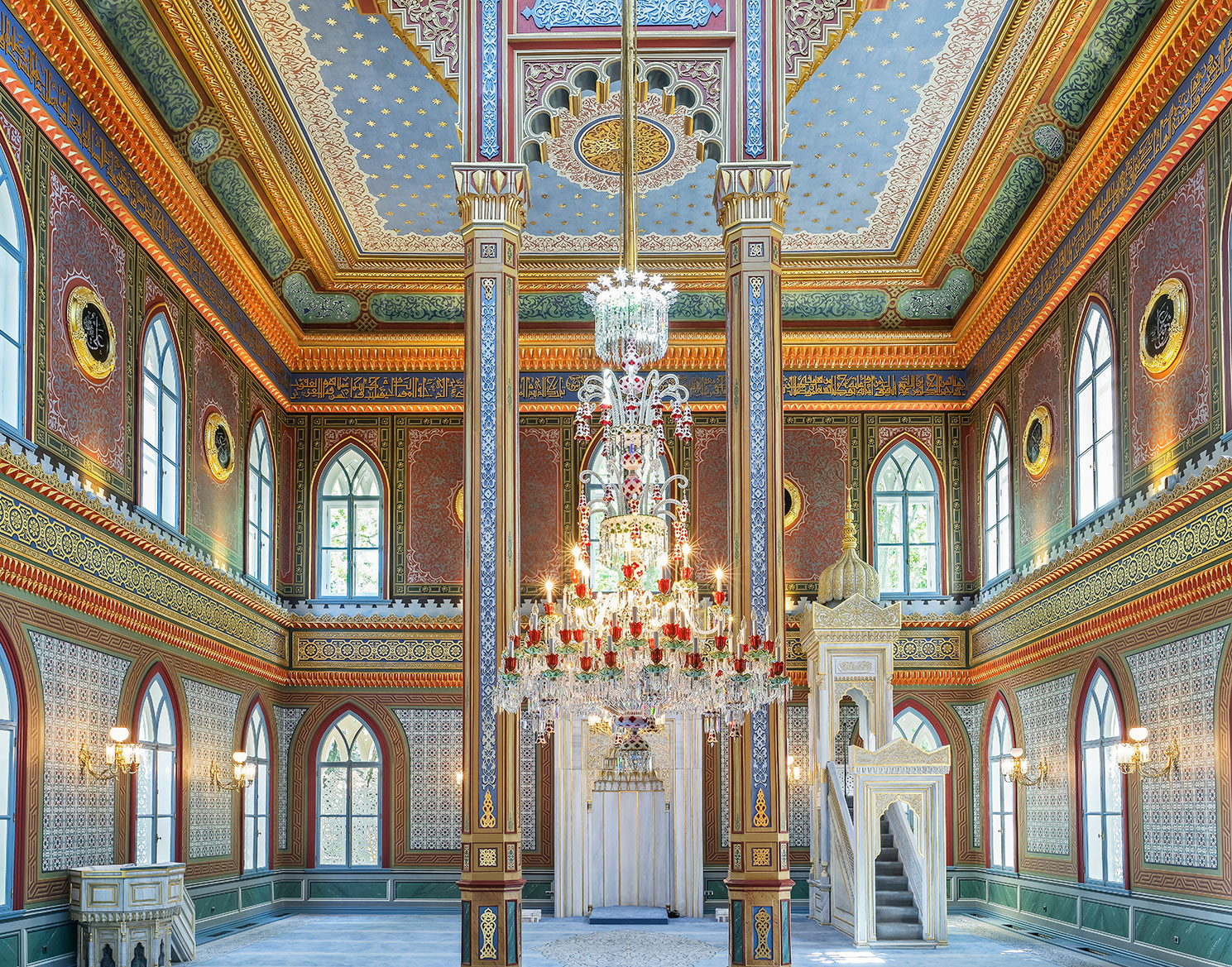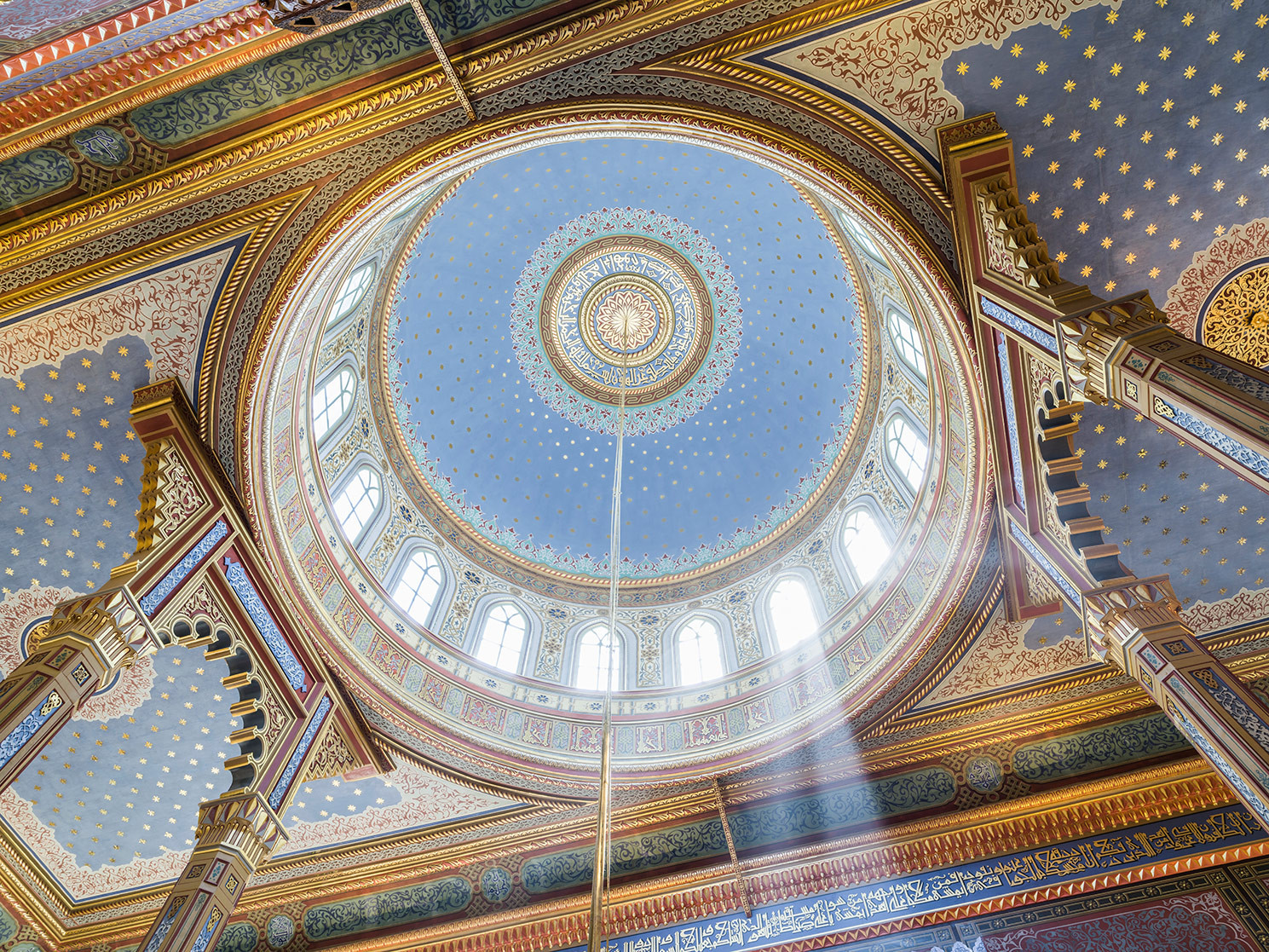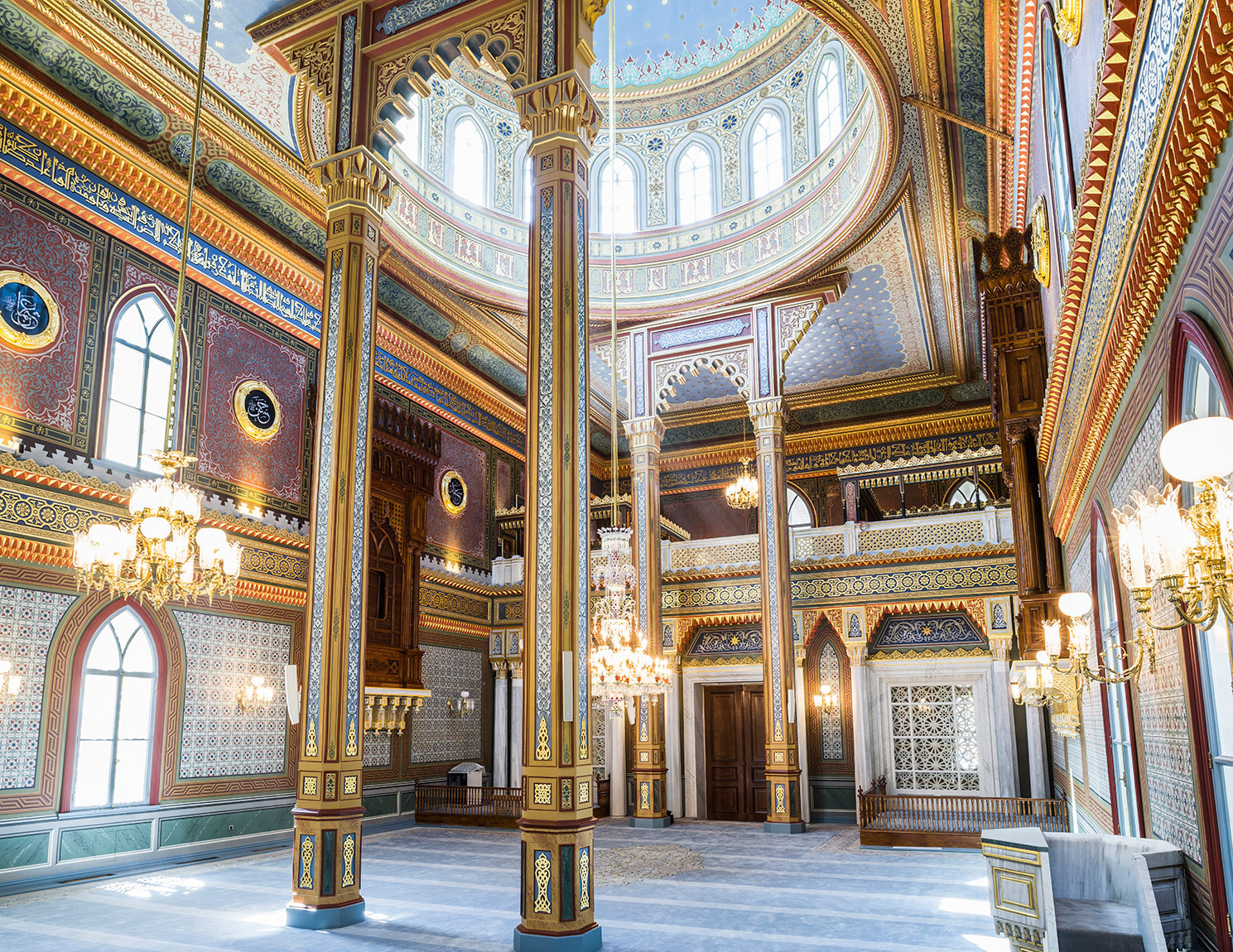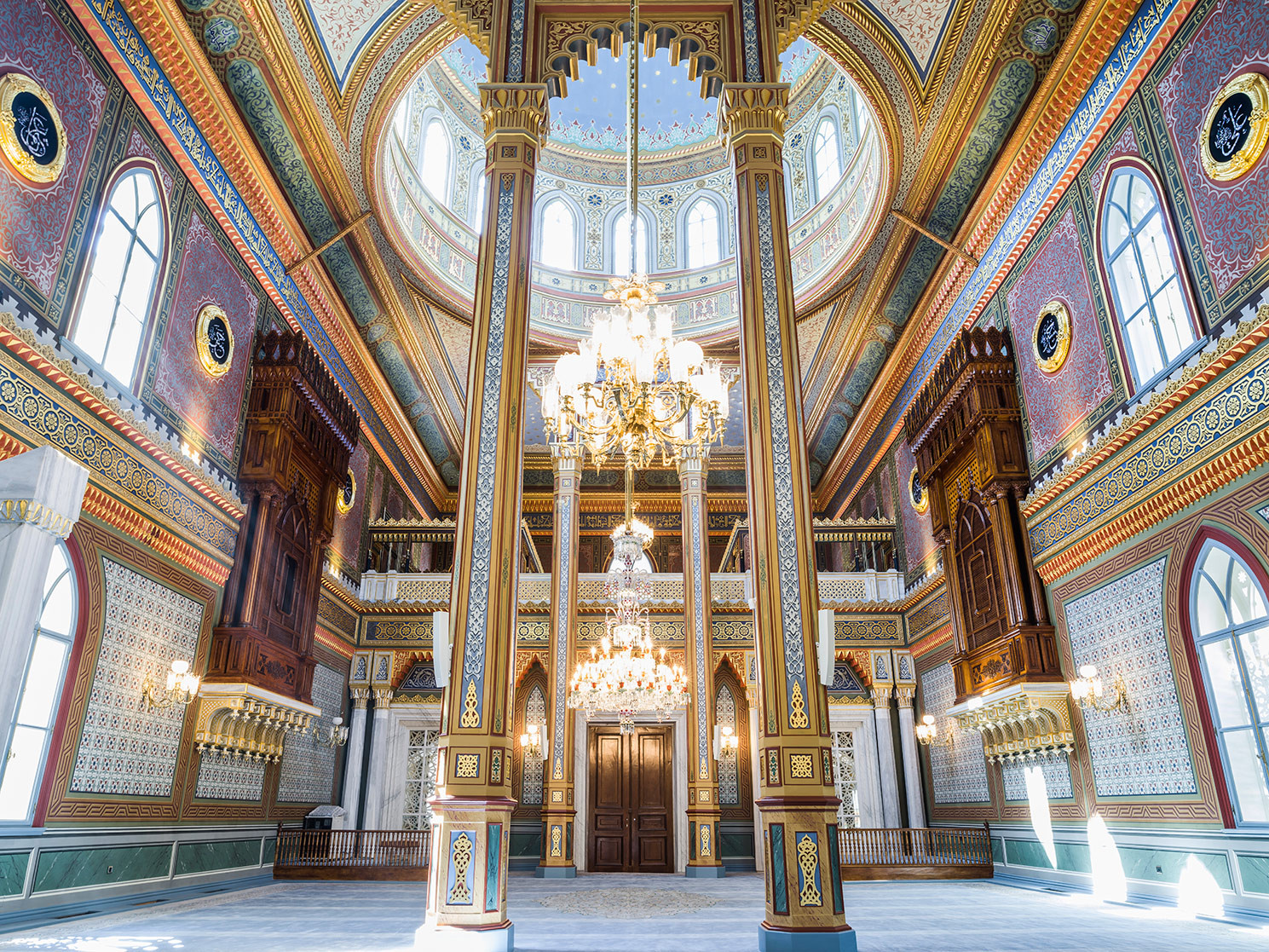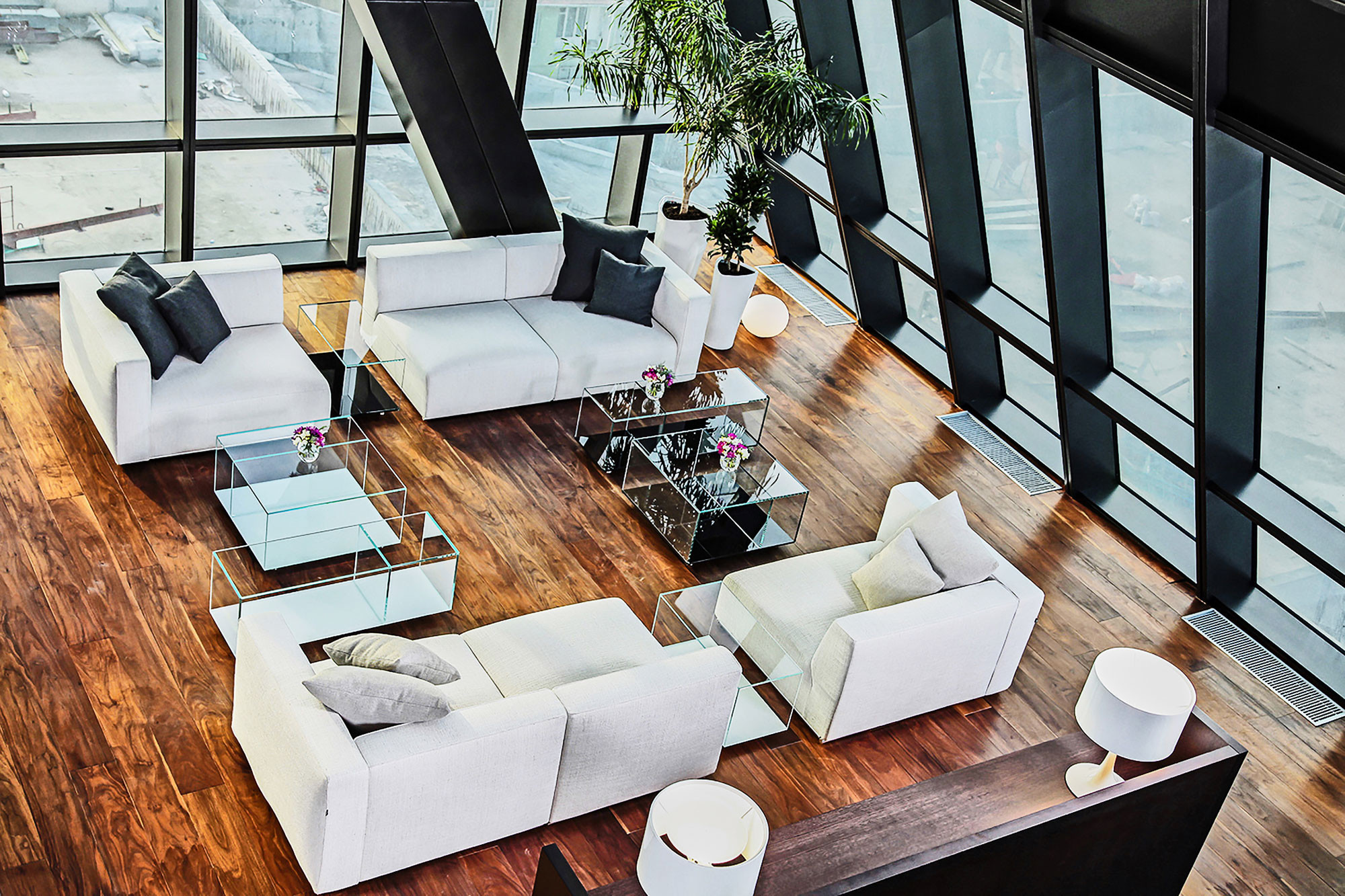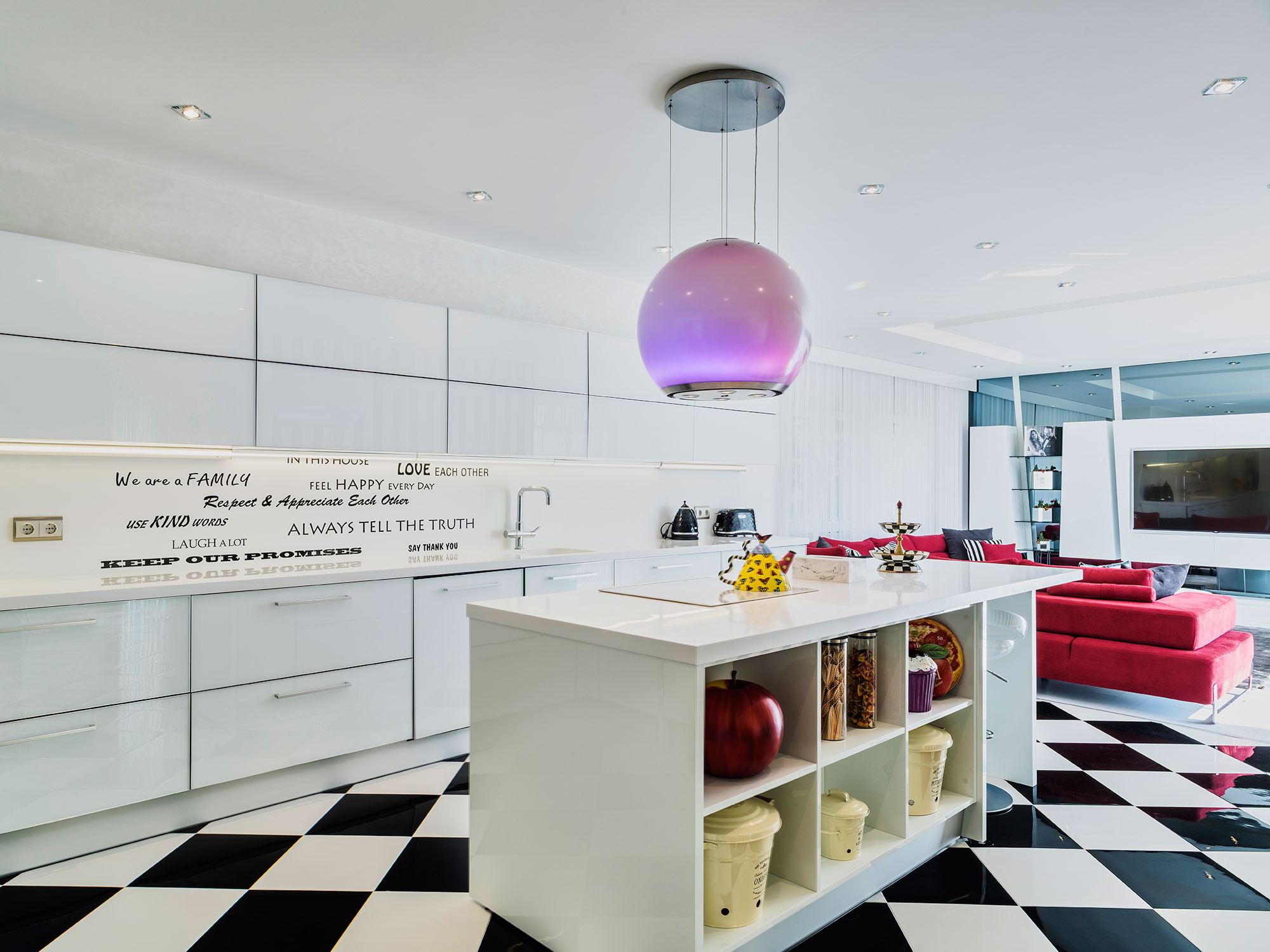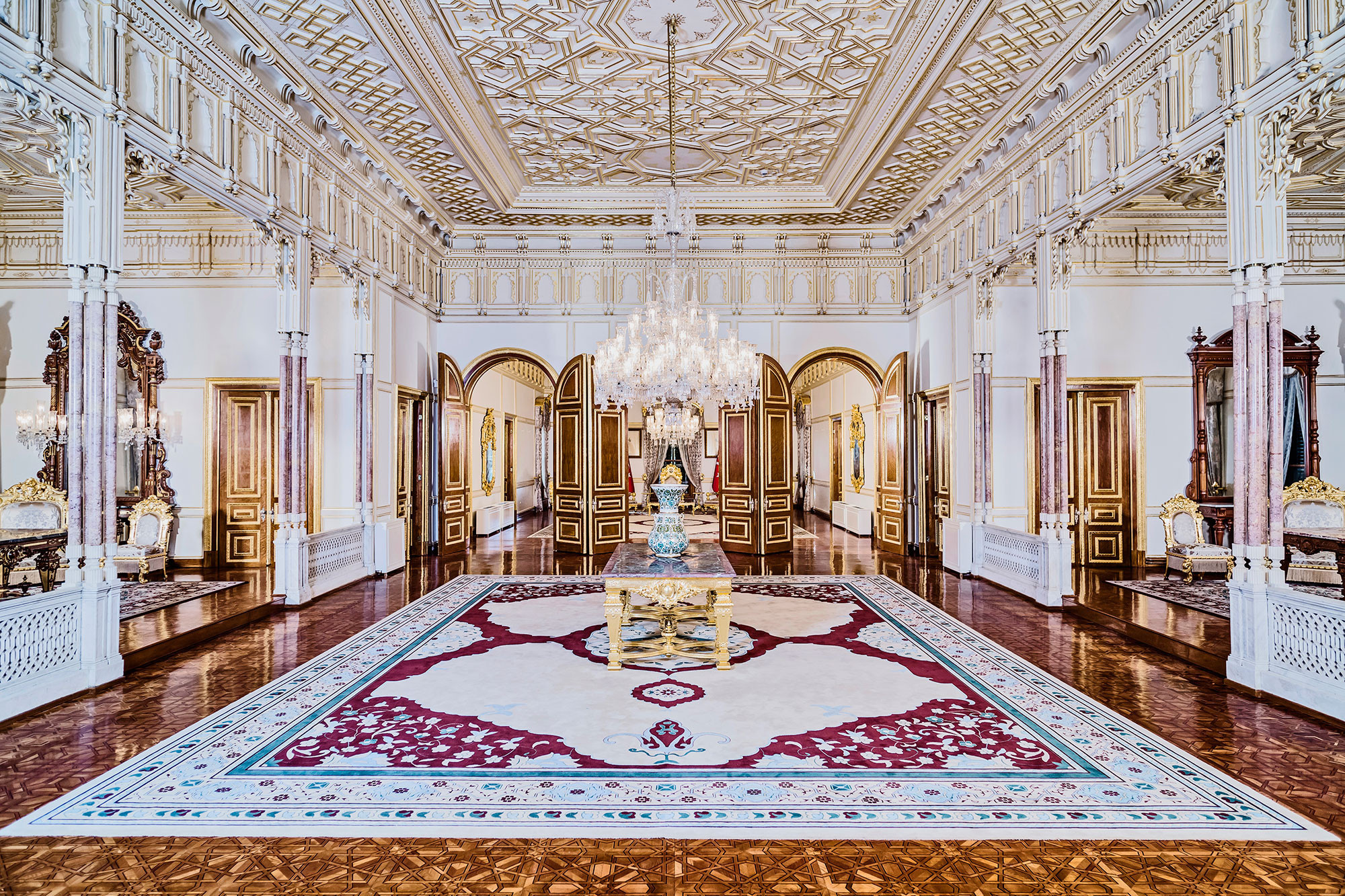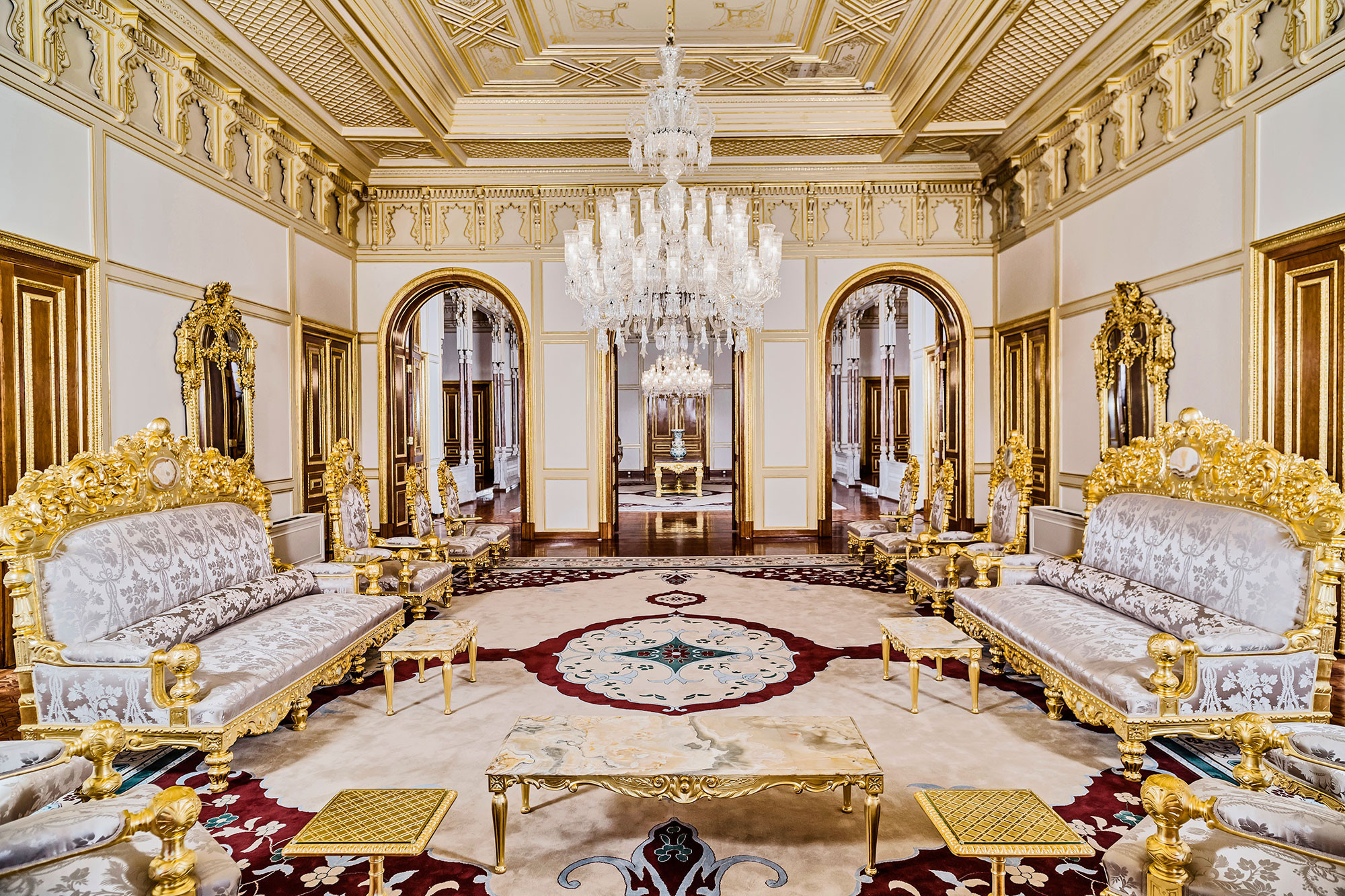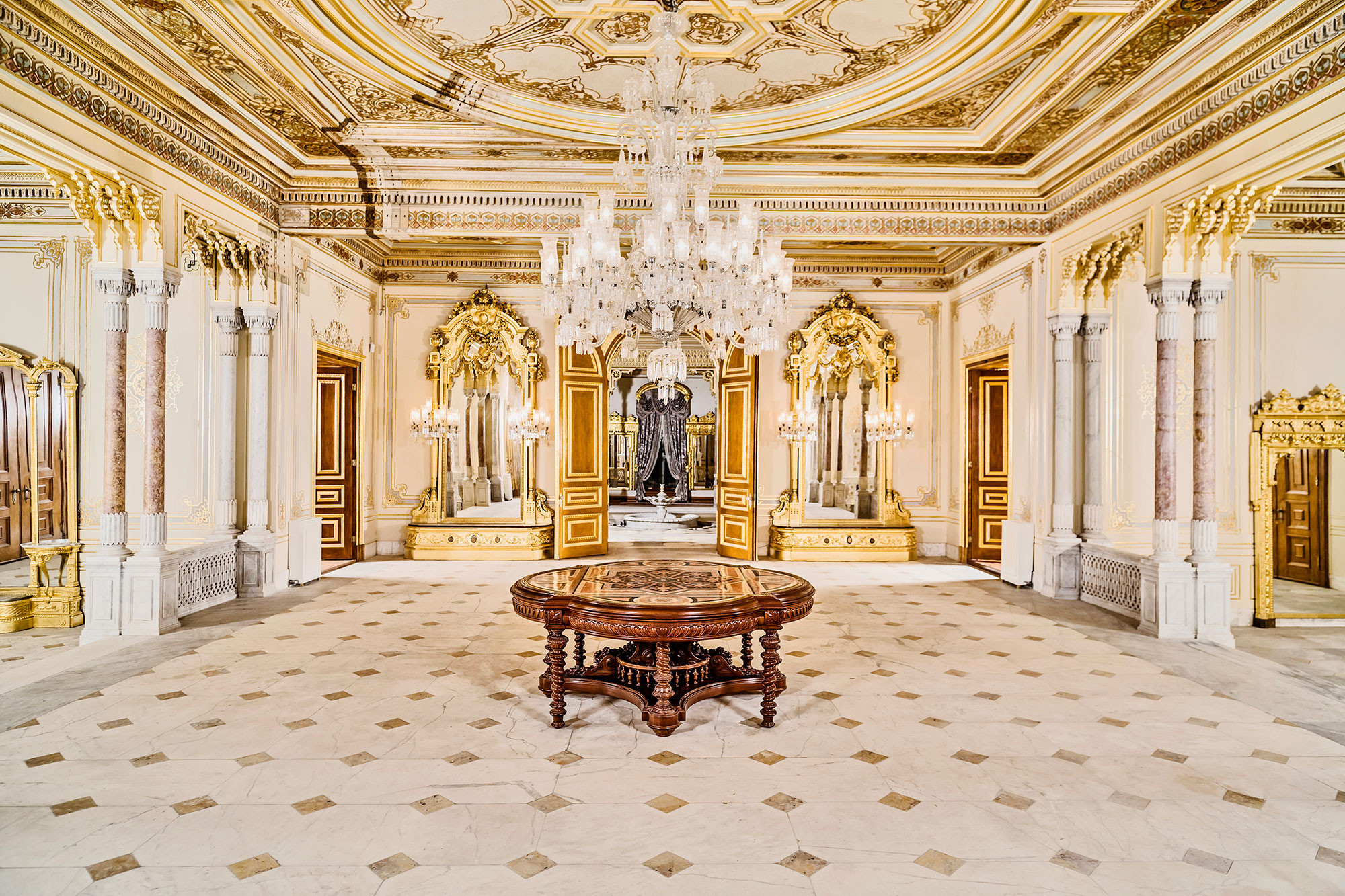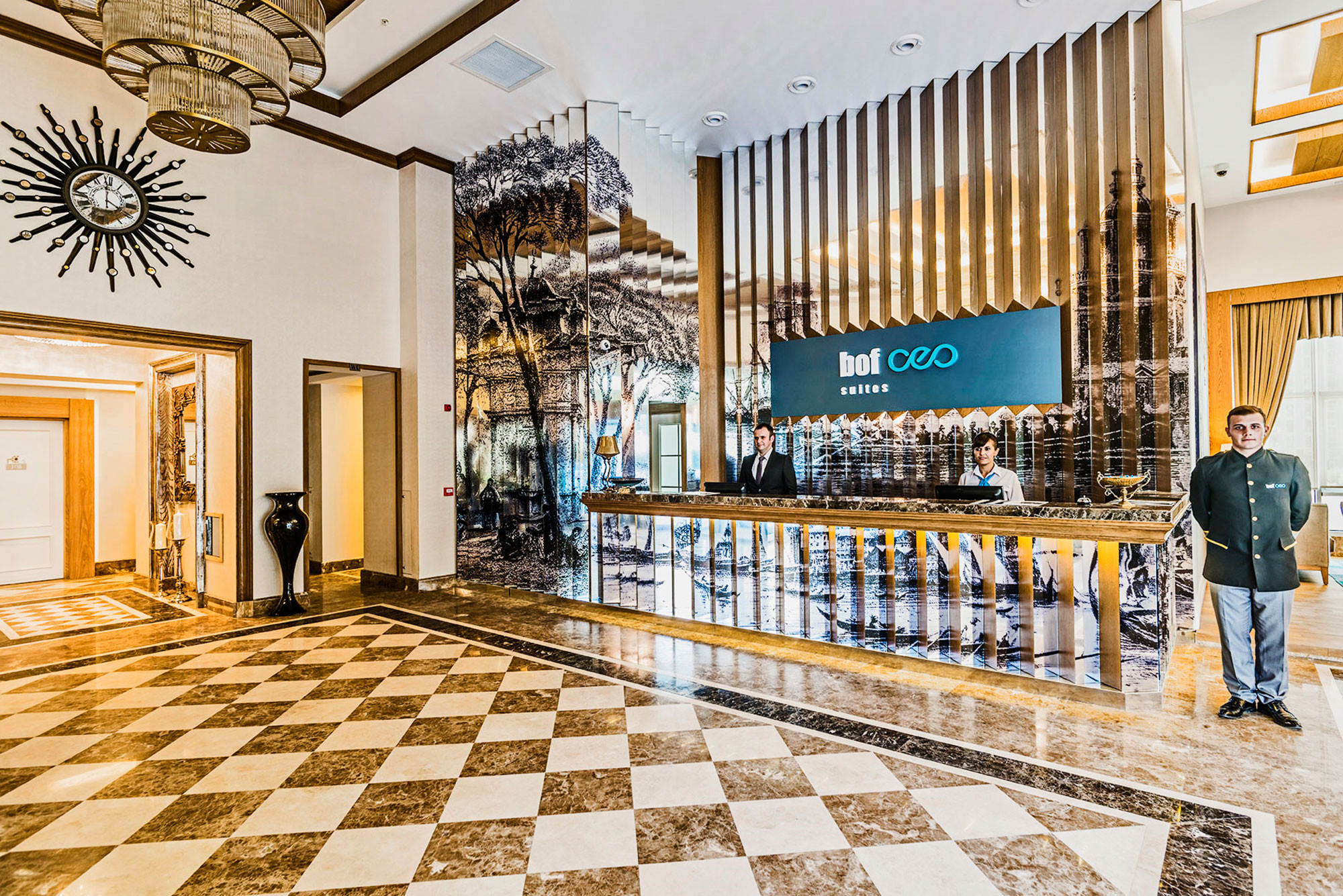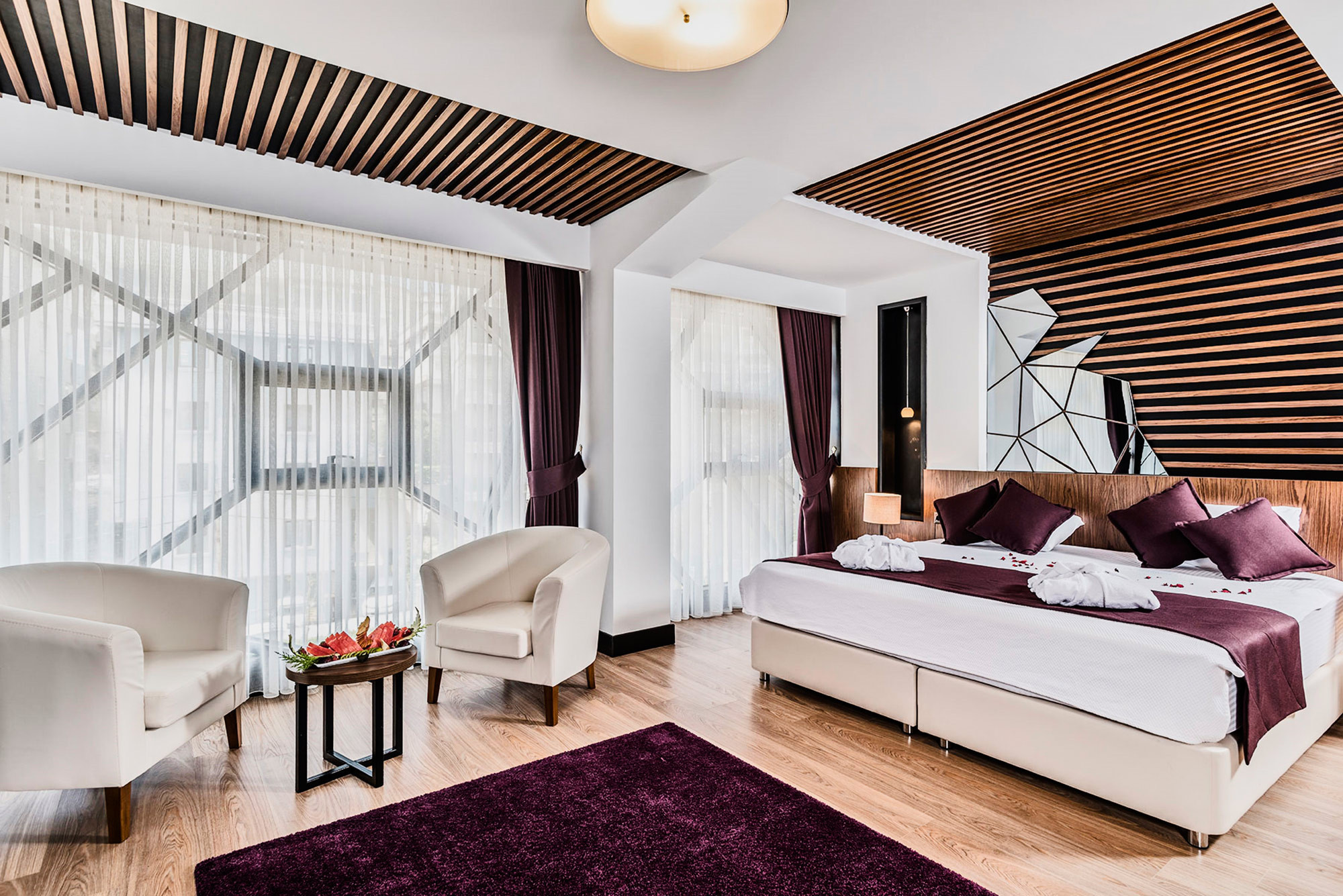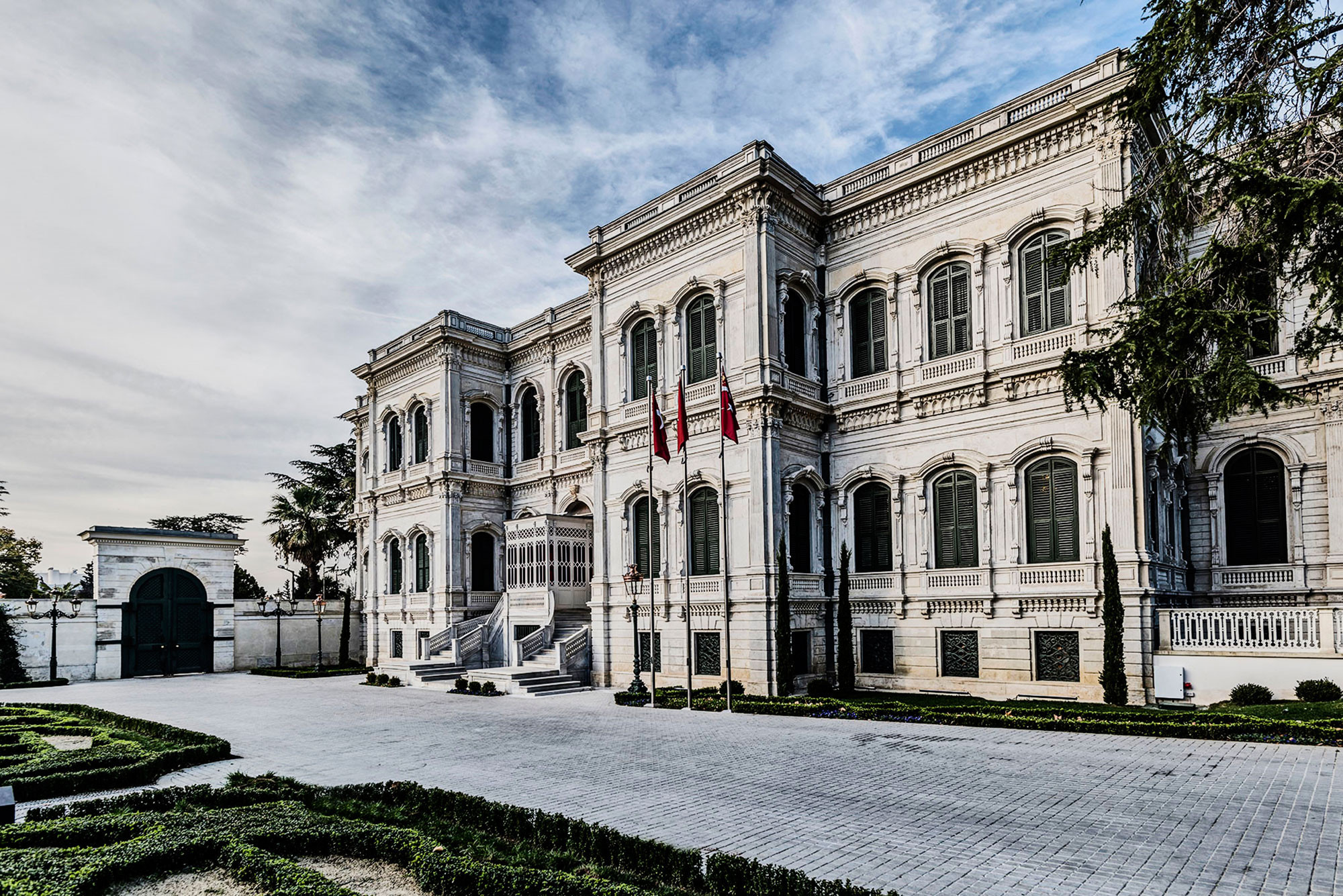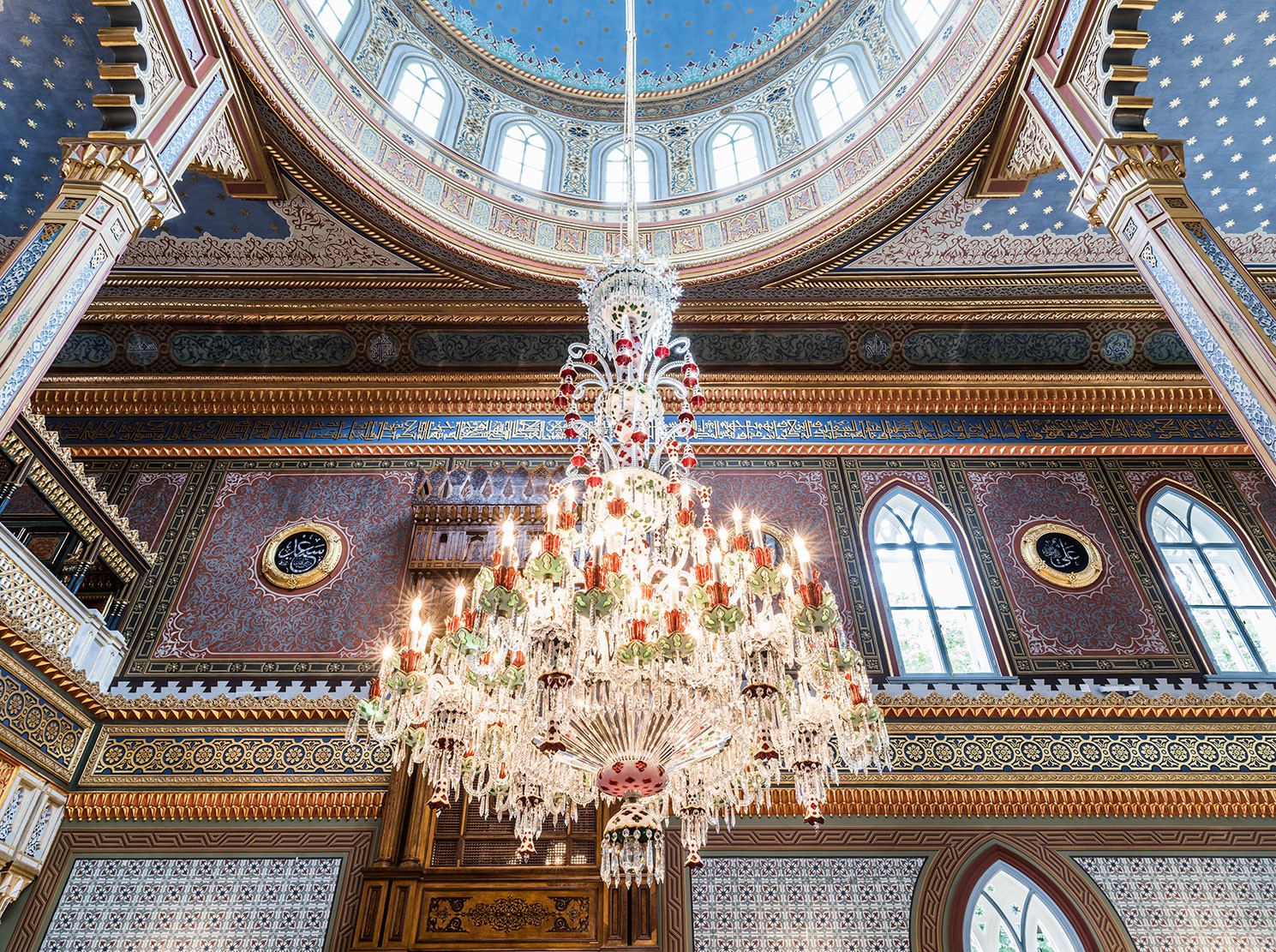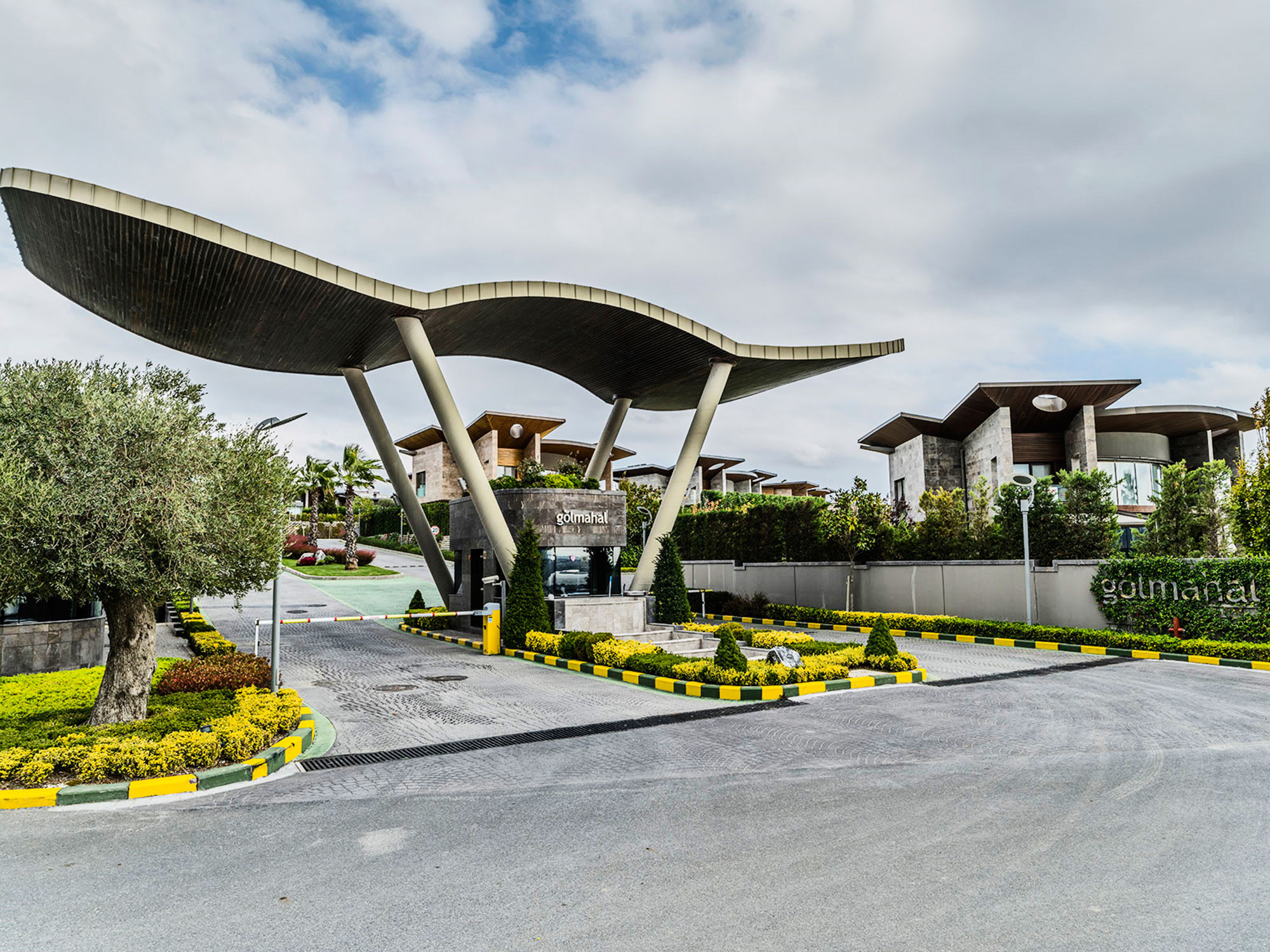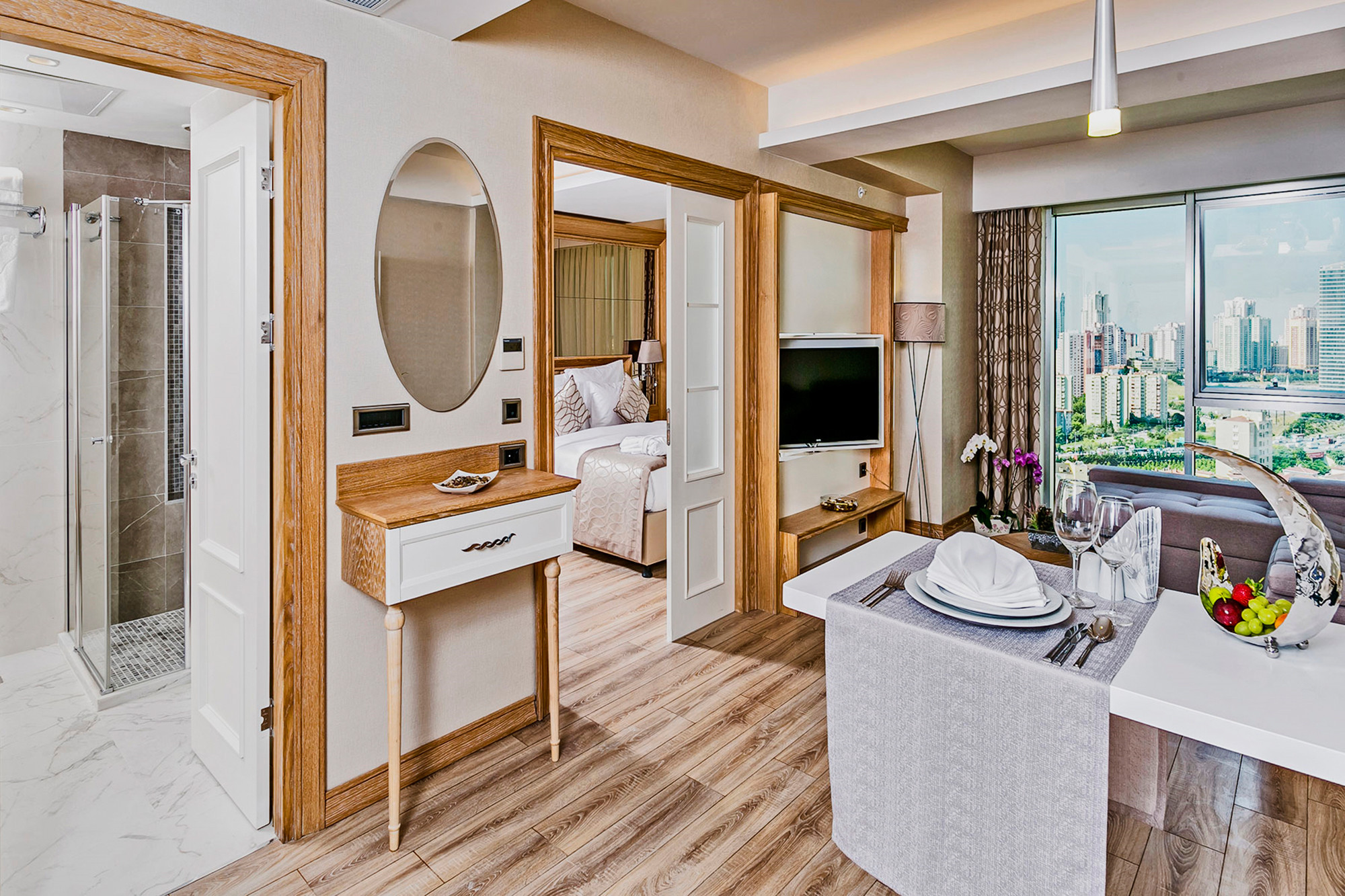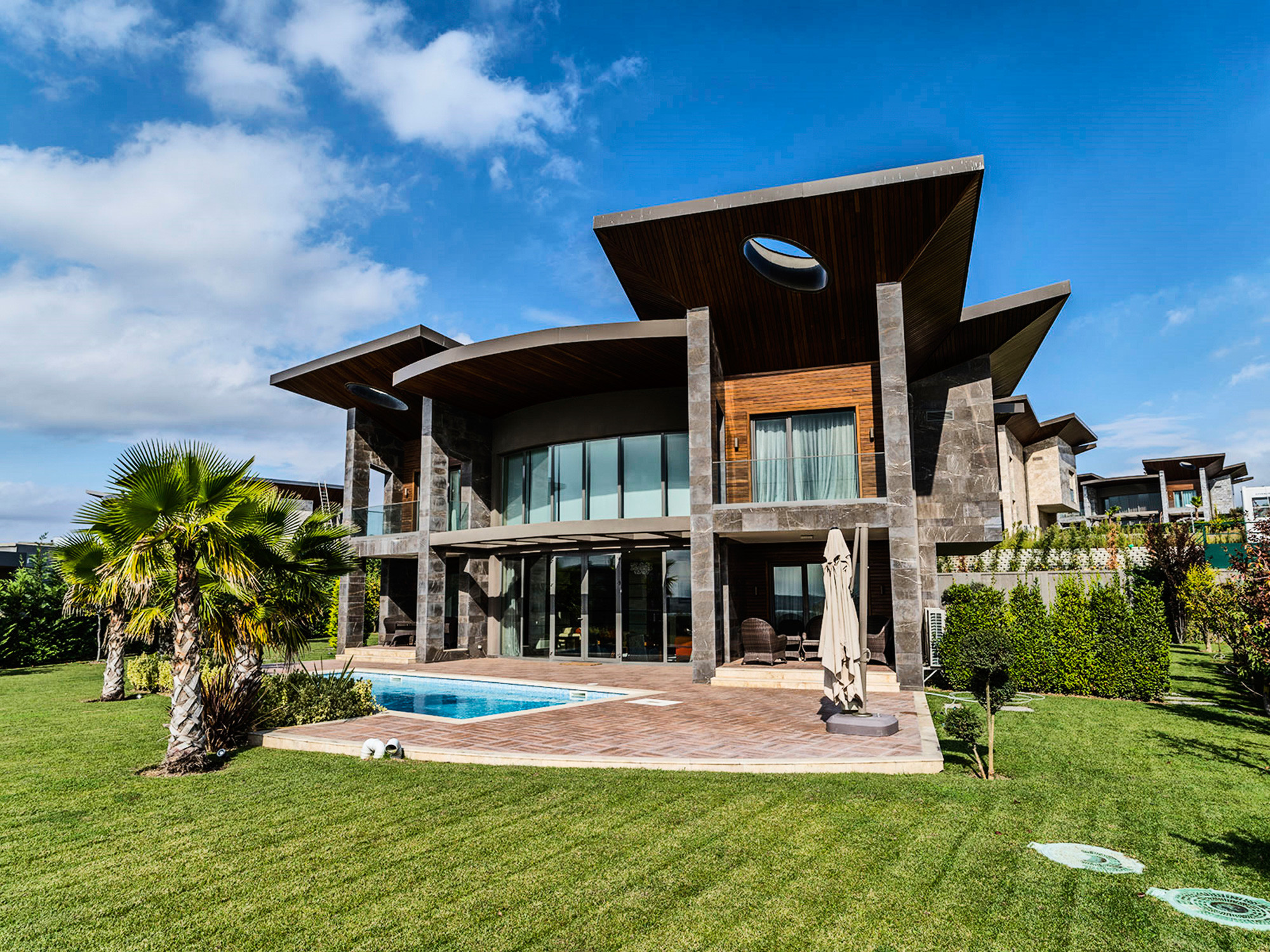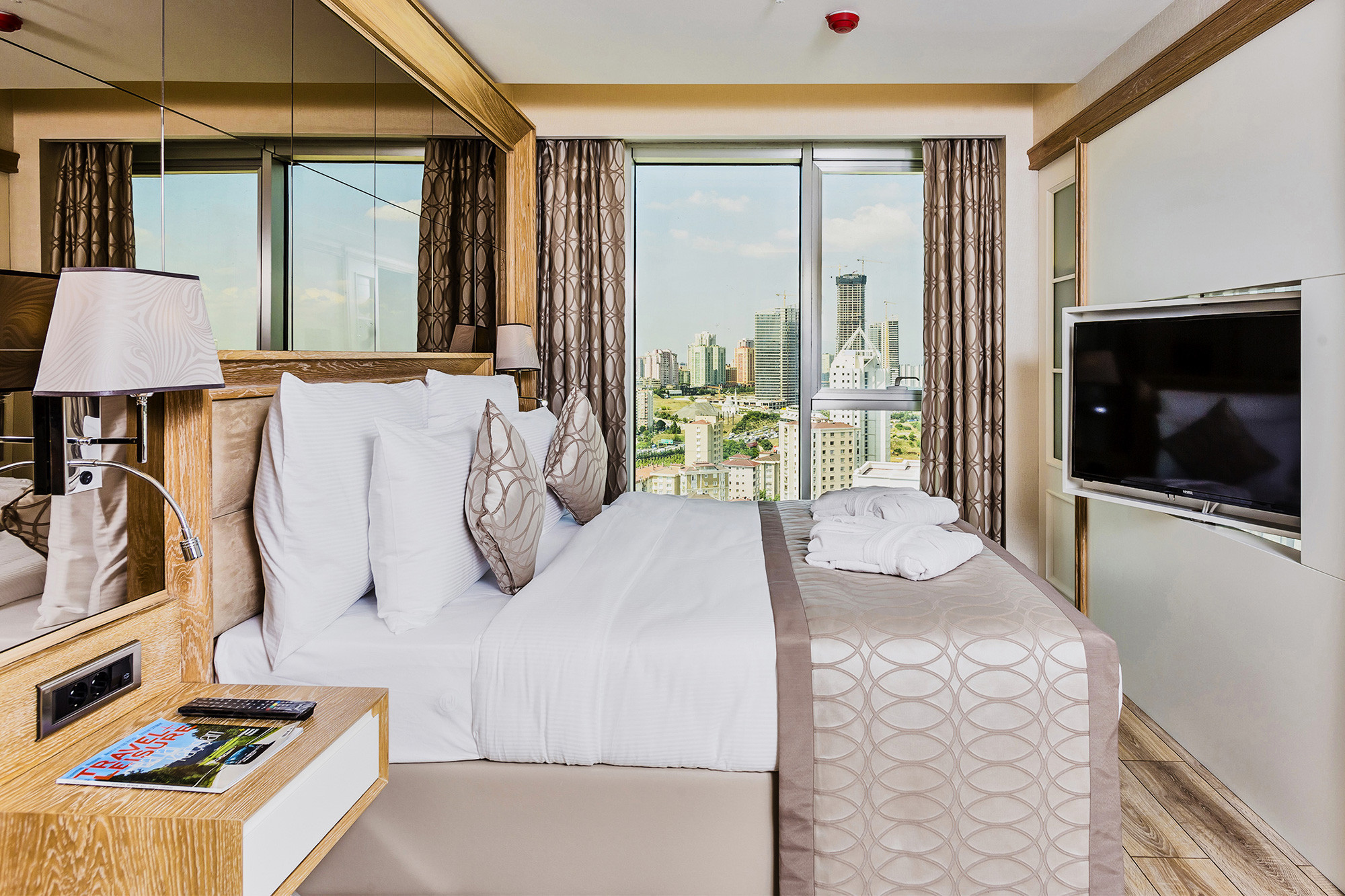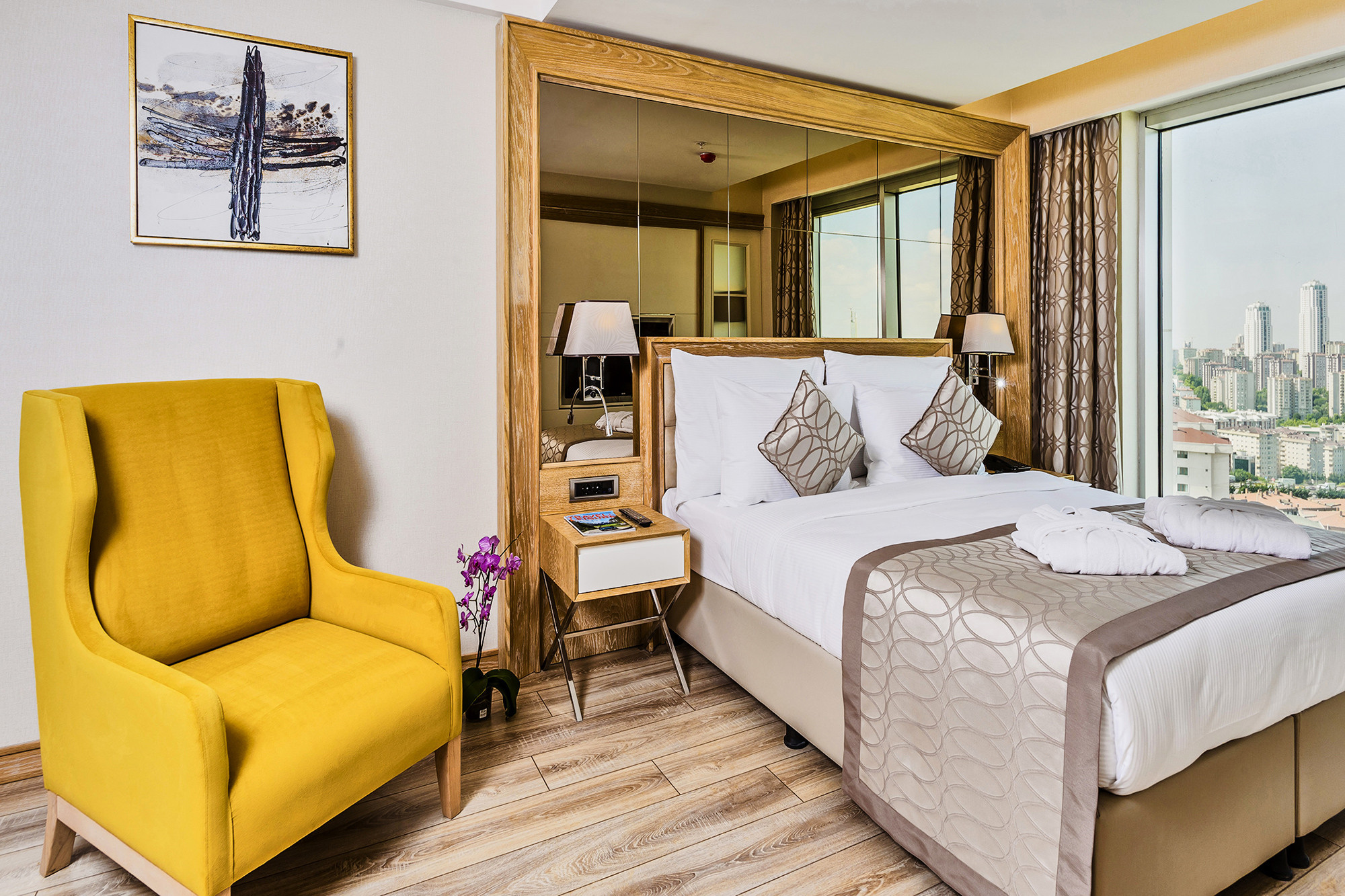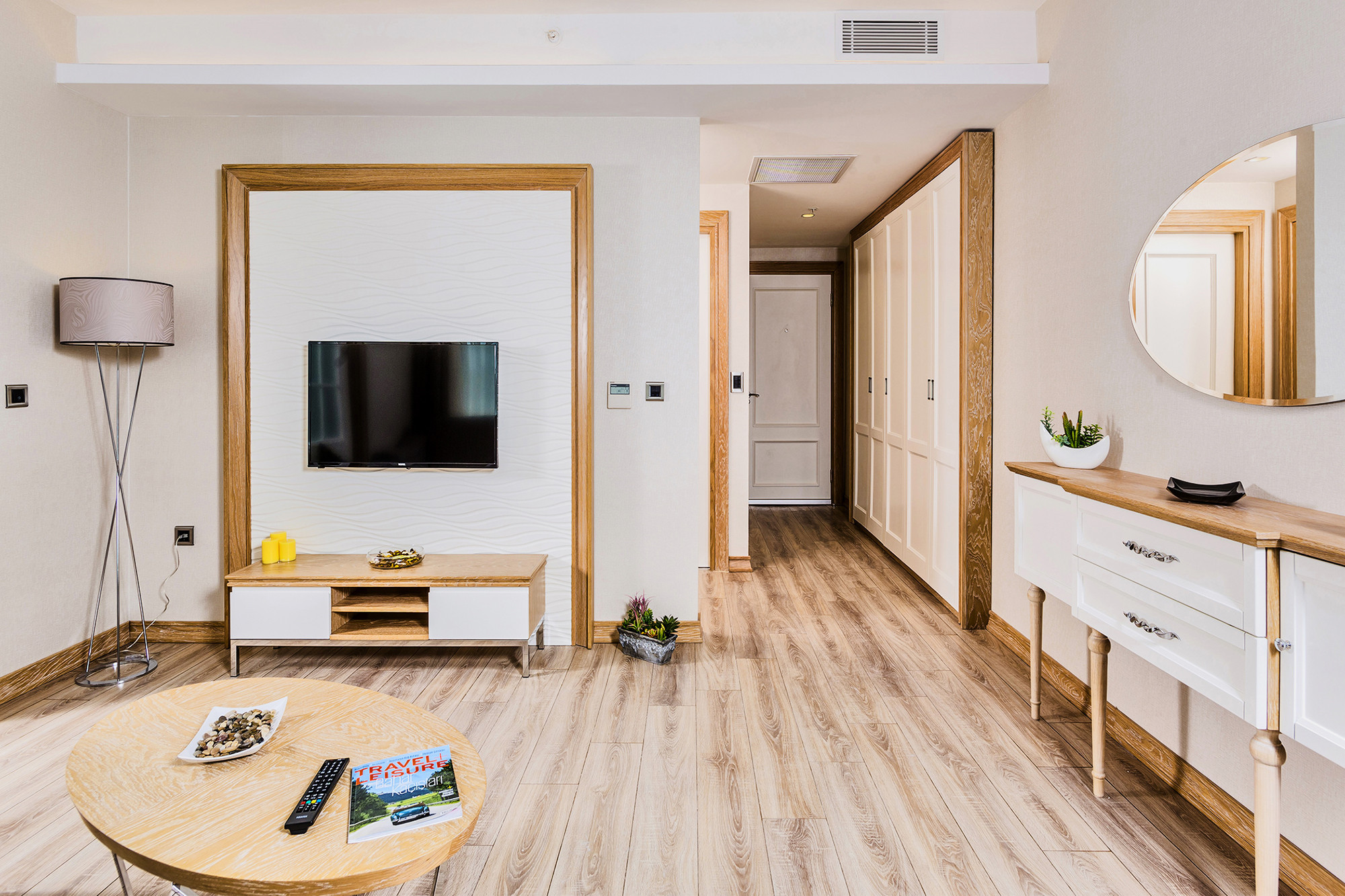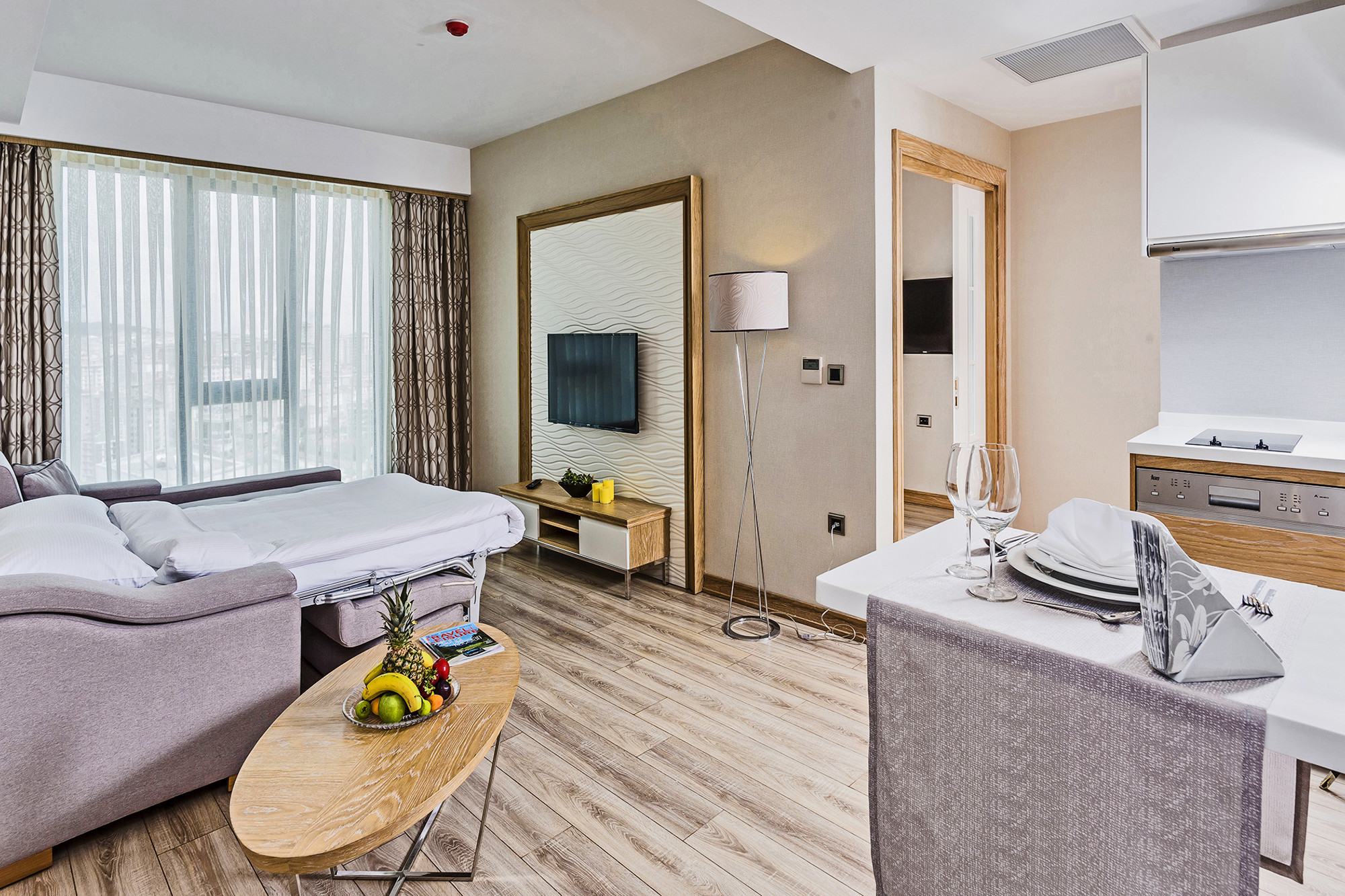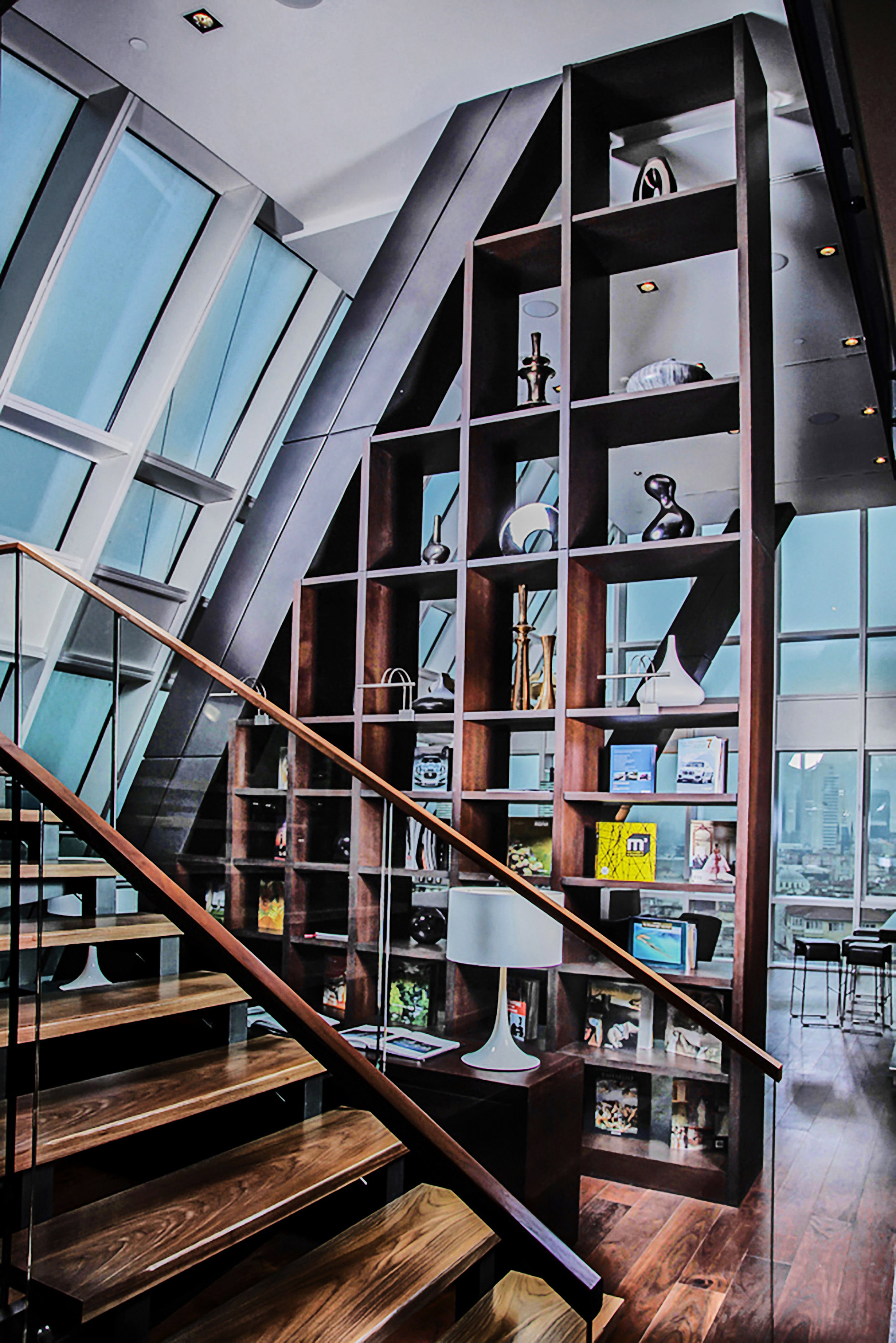As a photographer, architectural photography is, for me, a discipline of understanding and reflecting the soul of a structure, the intent of its designer, and its place in time. It carries a much deeper meaning than merely documenting a building; it requires patience, technical precision, and an artistic eye.
Here’s what can be said about architectural photography from a photographer’s perspective:
1. Core Purpose: Translating the Architect’s Vision
At the heart of architectural photography is understanding the vision of the architect or designer and translating that into a two-dimensional visual. As photographers, we ask ourselves:
- What was the architect trying to convey with this structure?
- Which materials are emphasized?
- What role does light play inside and outside the space?
- What is the function of this structure, and how does the design support that function?
Our goal is to answer these questions through our photographs. We are translators who give voice to the silent work of the architect.
2. Technical Excellence: Lines, Perspective, and Light
Unlike fashion photography, architectural photography puts technical perfection front and center.
Vertical Lines Are Sacred: One of the fundamental rules of architectural photography is to keep vertical lines perfectly vertical. When shooting a building from below with a wide-angle lens, "perspective distortion" can make it look like the building is falling over you. To avoid this, professional photographers either use special equipment like tilt-shift lenses or carefully correct the perspective in post-production.
Light Is the Sculptor of Architecture: Light is the most important element in revealing a building’s form, texture, and volume. As photographers, we chase the light. We know the same building can take on entirely different characters at different times of the day.
Golden Hour: The soft, warm light just after sunrise and just before sunset adds a beautiful atmosphere to buildings.
Blue Hour: The deep blue sky after sunset, combined with interior lighting, creates magical contrasts.
Harsh Midday Sun: Typically avoided due to strong shadows, but can be used deliberately for dramatic effect.
Composition and Balance: We calculate our shooting point down to the centimeter. Using elements like symmetry, leading lines, and framing, we guide the viewer’s eye to the most important parts of the structure.
3. The Shooting Process: The Art of Patience and Planning
Architectural photography is not about capturing a moment, but about creating the right one.
Scouting and Planning: Days or even weeks before the shoot, I visit the site. I use apps like Sun Seeker or PhotoPills to track the sun’s movement. I analyze which façade gets the best light at which time of day, and look out for visual distractions like trash bins, cars, or power poles.
Equipment Prep: A solid tripod is a must-have. It ensures sharpness, allows for long exposures in low light, and helps precisely fine-tune composition. Wide-angle and tilt-shift lenses, a polarizing filter (to manage reflections), and spare batteries are essentials in my bag.
The Moment of Shooting: This requires great patience. Waiting for the right light, for a car to move, or for people to clear out of the frame is all part of the process. I often take multiple shots of the same frame at different exposure levels (bracketing), aiming to achieve a balanced light through HDR techniques later.
Post-Production: The editing process in architectural photography is just as crucial as the shoot itself. The goal is not to distort reality but to perfect it. Perspective is corrected, colors and contrast are adjusted, and small distracting elements (wires, stains, etc.) are removed.
4. Differences Between Exterior and Interior Photography
Exterior Photography: Focuses on the structure in harmony with its surroundings. Weather and natural light are key factors. The aim is to show the building’s silhouette, its relationship with the environment, and its massing.
Interior Photography: Controlling light is more difficult. It usually involves balancing natural light (from windows) with artificial lighting (lamps, flashes). In tight spaces, it’s a skill to make the area appear larger and more open than it is. The focus is to reflect the atmosphere, flow, and purpose of the space.
In Summary: As a photographer, architectural photography requires seeing a structure as a living character—beyond geometric forms, lines, and textures. It’s both a technical mastery and an artistic interpretation that understands the language of the architect. The perfect shot doesn’t just show the building—it tells its story and evokes the feeling it creates.



